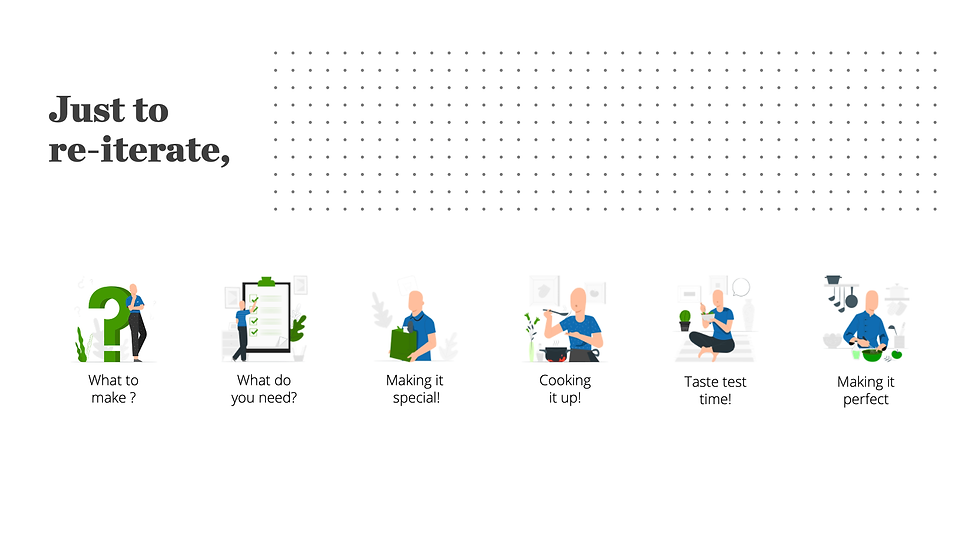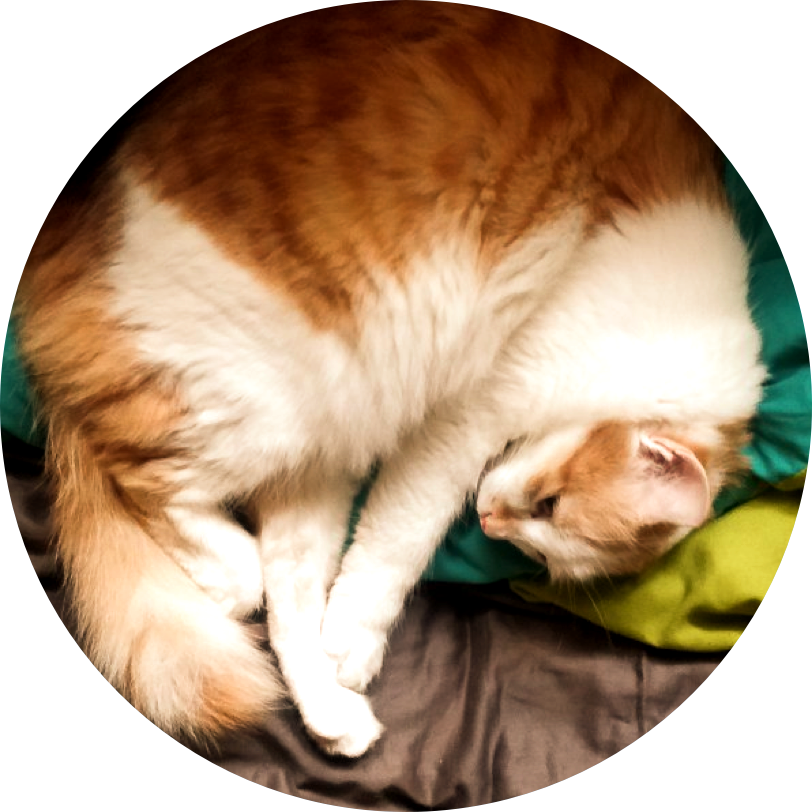Design for All
- Keshav Venkatesh
- Sep 28, 2021
- 2 min read
Design for all is a workshop for practitioners from Non-Design capabilities aimed at helping them to get a better understanding of the Digital Design Process.
The Workshop
The Design for all workshop was conducted to bring to speed new hires of other capabilities such as Business Analysts, Front End, and Back end developer and testing personnel up to speed with the design process and how designers work.
The workshop was held over zoom owing to the COVID-19 pandemic.
The Narrative
The Workshop was designed to be able to explain the design process with the most ease. For this purpose, it was decided to make a correlation between a process everyone would be familiar with and the design process.
Breaking the ice
After introductions, an interactive ice breaking session was conducted using the annotate feature on zoom.

The blank screen was presented, and participants were asked to scribble/write what they thought a designer does. They were asked to draw from their experiences and conversations.
This was then followed by examples we as designers have heard about ourselves. This segment was kept to a more funnier note.
Setting the stage
After breaking the ice with the participants, a real world example was taken up to familiarise them with the process to create something. Due to it being during the pandemic, the example of "Cooking a meal for a friend coming over" was taken up.

The participants were taken through the process step by step of the imaginary scenario. At the start of each step, the participants were asked what they thought the next step would be to try and foster an interactive presentation to encourage learning.

Making sense of it all
After re-iterating the steps followed to cook a meal, co-relations were made which helped tie the process followed, to a high level design process and necessary explanations given to the participants.

The high-level process was then broken down into sub processes and a detailed break down of each sub - process with examples were given.

Conclusion
The participants were left with a thought about design after a Q&A session.

























Comments